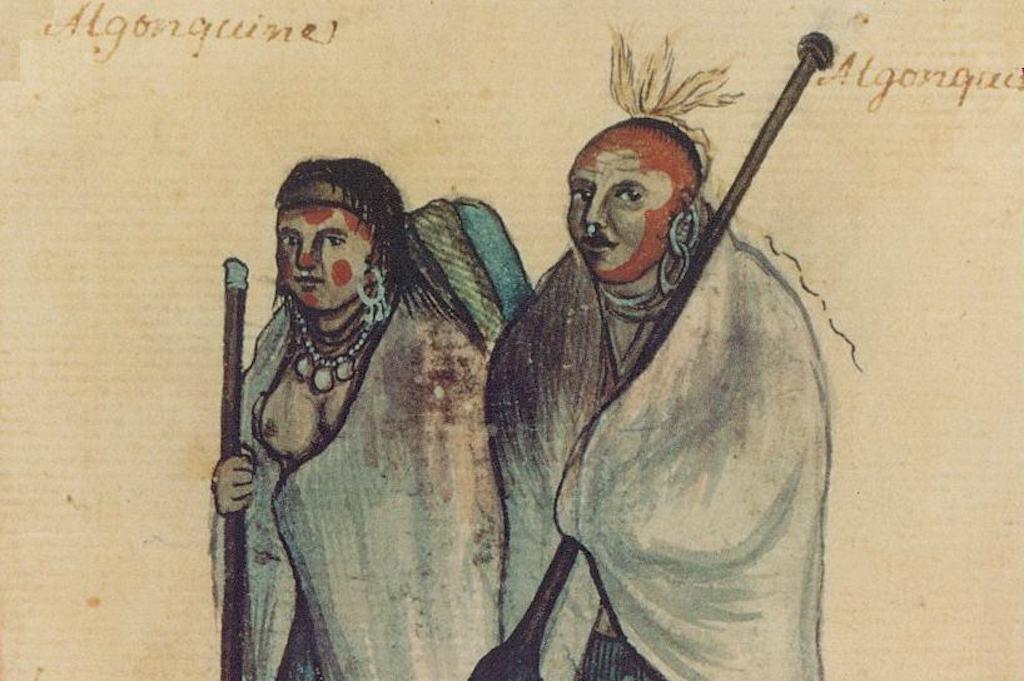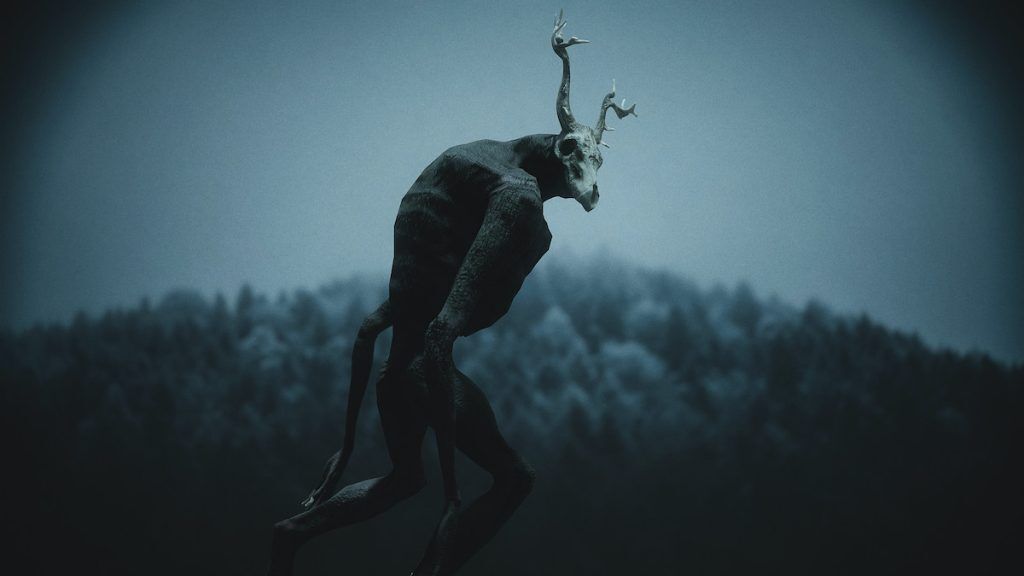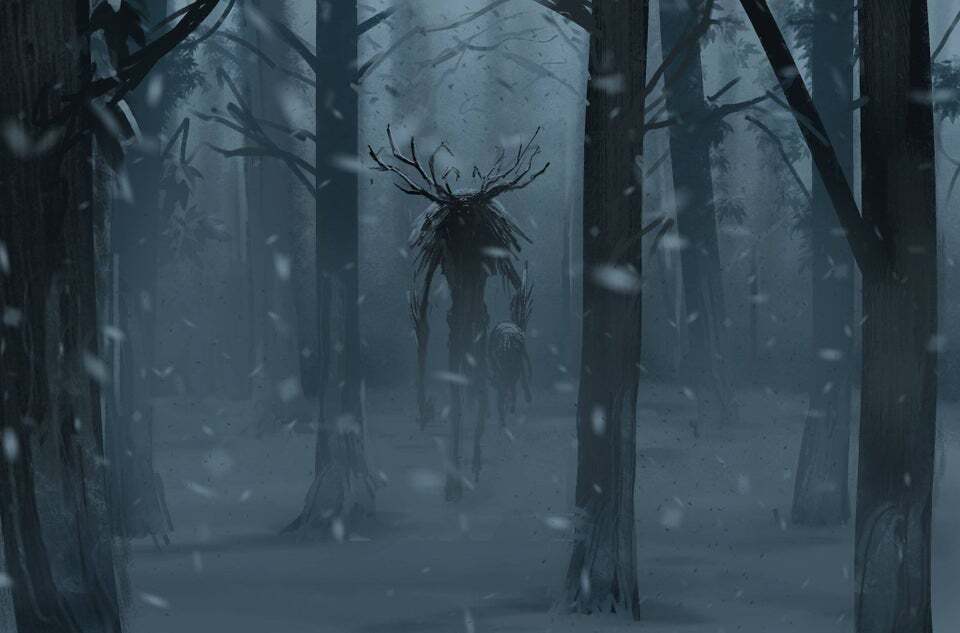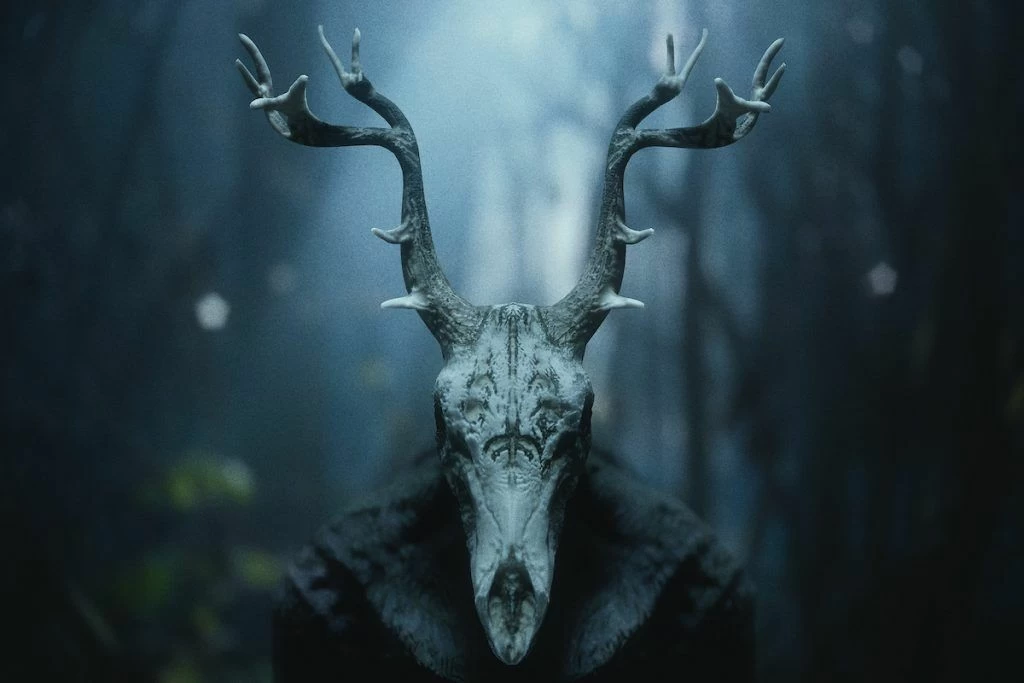Every culture on the planet identifies with unique traditions and mythologies. In Scotland, for instance, the highland people have the legend of the Banshee. The indigenous tribes of Australia share tales of the Warrigal. In the Americas, the original northern inhabitants, the Algonquins, tell their story of the legendary Wendigo.

The Algonquin legend describes the nightmarish creature as having pale ashy skin stretched tight like a latex suit over the jutting spurs of protruding bones. Its glassy eyes, vacant as they are brooding with evil, reflect the moon from sunken black sockets. A visceral smell oozes from its flesh, rich with rot and fresh metallic blood, as the beast stalks its prey from a looming height of 15 feet in the inky darkness of the forest. This unsettling image damned the souls of those who claim to have faced the creature in the flesh.
What is a Wendigo?
In the ancient North American legend, the monster exists as the by-product of cannibalism or dark magic. In some myth variations, people can also become a Wendigo after merely coming into contact with it. Alternatively, the creature could possess them in a dream. After it takes control of its host, the beast assumes the identity of the person.

Related: The Banshee: Celtic Messenger of Death
Various groups assign different names to the creature but share depictions of a horrific primordial beast that knows only cruelty. It is also known as Fleshgaits and Skinwalkers. In more contemporary tales, they are aliens, often seen in connection with UFOs and other aviation-based anomalies. The sickening acrid odor that accompanies the beast is a common thread that runs through all Algonquin tribes. Variations exist in the accounts of height, capacity to emulate people, and potential motives.
Wendigo Psychosis
The native Algonquin tribe of Cree and other groups living in the Northern Ojibwa area describe a psychological or mental condition that results from the Wendigo. In the 1960s, the disorder was a source of much clinical intrigue that sparked several psychological studies. To the indigenous people, it was predominantly a spiritual sickness arising from dark forces in the forest. Alternatively, a person’s soul can infect someone who cannibalizes that person. In essence, it was an ailment of the mind that manifested in intense waves of acute cannibalistic behavior, almost like a zombie.
The longer the condition remains, the more control the beast exerts. Over time, the person will change from a human being to that of an unrecognizable and horrific beast. It will then reside in the forest, preying on those therein with an unquenchable hunger for human flesh.
One study in the ’60s pragmatically determined that the condition is due to other factors such as famine and chronic loneliness (anthrosource). Doctors sought to treat it with modern medicine in place of the traditional methods within the indigenous groups.
Historical Accounts
In addition to more recent reports, early explorers in America recorded accounts of the creature. Jesuit missionaries documented various encounters and transformations from the 17th century. In 1907, Algernon Blackwood, an indigenous Algonquin, wrote a short story that recorded an incident with the creature. At the time, he was with a hunting party in the Canadian backwoods (Z Files). This book bore the title, “The Wendigo.”

Around the same time, another indigenous man from the Cree tribe of northwestern Ontario named Jack Fiddler recounted his experience with the beast to a missionary. He claimed to have been a hunter with a specialty in killing Wendigos. He asserted to have killed fourteen during his life (How Stuff Works). Fiddler was a self-proclaimed shaman with superhuman abilities helping him to defeat these ethereal horrors.
However, in a morbid turn, authorities arrested Fiddler and his brother for killing a woman. The two claimed she was a Wendigo in the process of transforming. Jack, the shaman, escaped but committed suicide soon after. His brother, although acquitted, died of illness in prison just days before his release.
These accounts stemming from Algonquin people held great weight. Missionaries, too, had significant standing in their society and came across as credible sources of information.
Is There Proof?
Like many urban legends of monsters and cryptids, there is a profound lack of concrete proof of its existence beyond second-hand accounts and witness testimonies. Some of the most compelling scenarios regarding its existence take place at the Skinwalker Ranch. Above all, this is the site of acute and intense paranormal activity. Beyond its namesake, UFOs and all sorts of other unnatural oddities purportedly make regular appearances. The National Geographic Channel airs a documentary reality show that captures the goings-on there.
Cattle mutilations and disappearances have also occurred on the property. Since 1996, Terry Sherman and his wife have lived on the property and have countless tales of their experiences with the farm’s paranormal patrons. Their theory regarding the Wendigo lends itself more to potentially extraterrestrial or demonic origins. However, it is not uncommon to see these contemporary themes blended with more traditional theories explaining what they are, where they come from, or their true motives.
Contemporary Cryptozoology
The legend has been a horror trope for some time. The film adaptation of Stephan King’s book “Pet Semetary” featured the gruesome beast most recently. However, the monster has been immortalized in a variety of other multimedia formats too. A few years ago, a critically acclaimed game emerged that adopted the legend as a core plot point and game mechanic. This game was called Until Dawn and reinvigorated interest in the ancient legend. Although the Skinwalker’s lore evolved slightly to better suit the narrative, it remained mostly loyal to its Algonquin origins.

On several internet forums, especially prominent outdoor groups like 4chans/k, the Wendigo or Skinwalker legend is a staple. In some parts of America and even other countries where it reportedly resides, daring explorers organize trips to hunt the beasts. There have even been some competitions on these platforms to produce any evidence of the creatures beyond hearsay. However, nothing compelling turned up. Meanwhile, some users have shared maps documenting where they located and encountered the cryptids.
The Reality
Physical proof of the creature remains elusive. Skinwalker skulls, Wendigo wombs, and Fleshgait feet may not exist at all. There is only witness testimony and circumstantial evidence. Beyond a compelling and macabre figment of entertainment inspired by the old legend, the cryptid has left no proof that it is anything more than a myth. Nevertheless, the Algonquin monster is a creation so terrifying that it has evolved through time and persists as an intriguing staple for modern-day adventurists, hikers, and hunters.
References
Legends of America
The Science Behind Bigfoot and Other Monsters, National Geographic, R. Hartigan 9 September 2013.
How Skinwalker Ranch Became a Hotbed of Paranormal Activity, History Channel, A. Janos, 17 January 2020.
Anthrosource Online Library, T. Hay
How Stuff Works, L. Dove,
A. Blackwood PDF